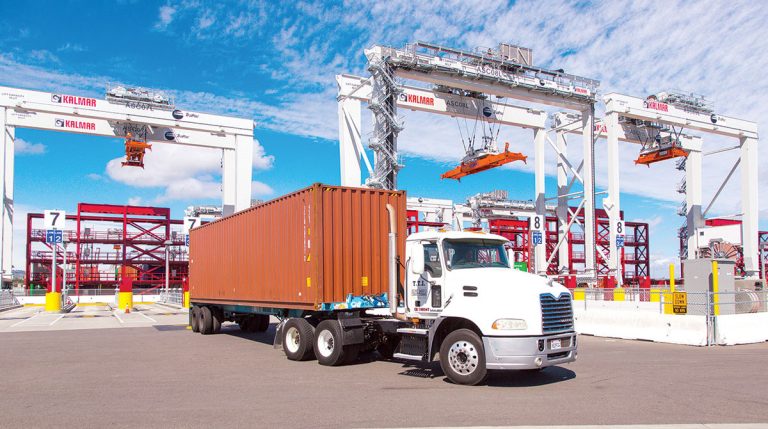
The transportation industry plays a crucial role in the global economy, with ports serving as vital gateways for international trade. However, the industry has been facing a growing challenge in recent years—the shortage of qualified truck drivers. Recognizing the need for innovative solutions, lawmakers have proposed a new bill that could potentially address this issue. The bill aims to lower the age requirement for commercial truck drivers involved in moving freight at ports, allowing younger individuals to enter the industry. In this blog, we will delve into the details of this proposed legislation and explore its potential benefits and concerns.
Current Age Restrictions:
As it stands, federal regulations in many countries, including the United States, stipulate that commercial truck drivers must be at least 21 years old to transport goods across state lines. This age requirement has been a significant obstacle for young individuals seeking employment in the industry. However, intrastate commercial trucking allows drivers as young as 18 years old to operate trucks within a particular state’s borders.
The Proposed Bill:
The bill under consideration aims to create an exception to the current age restrictions for commercial truck drivers at ports. It proposes to lower the minimum age requirement from 21 to 18, allowing young drivers to transport freight between ports and other nearby areas. The primary goal is to expand the pool of eligible drivers, potentially easing the driver shortage and addressing the increased demand for freight transportation.
Potential Benefits:
Alleviating the driver shortage: The transportation industry has been grappling with a significant shortage of qualified truck drivers in recent years. By allowing younger individuals to enter the industry, this bill could help alleviate the shortage, ensuring a more efficient flow of goods at ports.
Boosting employment opportunities: Lowering the age requirement could create new employment opportunities for younger individuals who are eager to join the workforce. It could provide a viable career path and offer a stepping stone for those interested in pursuing long-term careers in the transportation industry.
Meeting increasing demand: With the rapid growth of e-commerce and international trade, the demand for freight transportation is on the rise. Allowing younger drivers to operate at ports would enable the industry to keep up with the increasing volume of goods and ensure the smooth functioning of supply chains.
Concerns and Mitigating Measures:
Safety considerations: One of the primary concerns surrounding the proposed bill is the safety implications of allowing younger drivers to operate heavy trucks. Critics argue that younger drivers may lack the experience and maturity needed to navigate complex road conditions and handle challenging situations. To address this concern, the bill could incorporate strict training programs, mentorship initiatives, and enhanced supervision to ensure that young drivers receive comprehensive training and guidance.
Insurance and liability: Another potential concern is the impact on insurance and liability. Insurance rates for younger drivers are typically higher due to their perceived higher risk. To mitigate this, the bill could consider provisions that require freight companies to provide comprehensive training programs, evaluate driving records, and implement strict safety protocols. These measures would demonstrate a commitment to safe operations, potentially influencing insurance rates and mitigating liability concerns.
Conclusion:
The proposed bill to lower the age requirement for commercial truck drivers at ports presents an opportunity to address the driver shortage while meeting the increasing demand for freight transportation. By allowing younger individuals to enter the industry, it could create employment opportunities and pave the way for a new generation of skilled truck drivers. However, safety considerations must be carefully addressed through rigorous training programs, mentorship, and enhanced supervision. Striking the right balance between increased workforce participation and ensuring road safety will be crucial for the success of this potential legislation.

